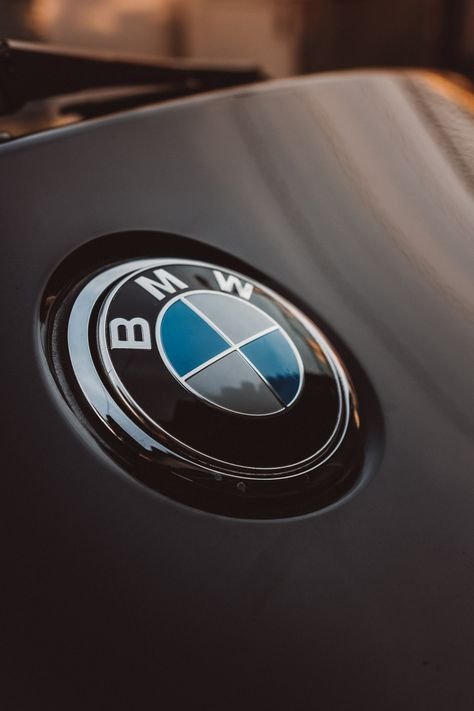
A dead battery is a common car problem, but the good news is that it can often be resolved with a jump-start. Knowing how to safely jump-start your car can save you time, money, and hassle. This step-by-step guide will help you safely jump-start your car using jumper cables and another vehicle.
What You Will Need
To jump-start your car, you will need:
- Jumper Cables: A set of high-quality jumper cables with insulated handles and sufficient length (ideally 10-20 feet).
- A Second Vehicle: A vehicle with a working battery and a similar voltage (usually 12 volts).
- Protective Gear: Gloves and safety glasses (optional but recommended).
Safety Precautions
Before you start, consider the following safety precautions:
- Read the Owner’s Manual: Some cars have specific instructions for jump-starting, or it might be discouraged due to the car’s electrical system. Always consult your vehicle’s owner manual first.
- Check the Batteries: Do not jump-start a car with a damaged or leaking battery. If you see cracks, leaks, or any signs of corrosion, do not attempt to jump-start the car.
- Ensure Both Cars Are Off: Make sure both vehicles are turned off, with their keys removed from the ignition.
- Avoid Sparks and Flames: Keep flames, cigarettes, or any sparks away from the battery, as they can ignite the hydrogen gas emitted by batteries.
- Wear Protective Gear: If possible, wear gloves and safety glasses to protect yourself from potential battery acid splashes.
Step-by-Step Guide to Jump-Start Your Car
Follow these steps to safely jump-start your car:
Step 1: Position the Vehicles
- Park the Vehicles Close Together: Park the two vehicles close enough so the jumper cables can reach both batteries, but do not let the vehicles touch. Make sure both vehicles are in “Park” (automatic transmission) or “Neutral” (manual transmission) and engage the parking brakes.
- Turn Off Both Vehicles: Ensure both cars are completely turned off and remove the keys from the ignition.
- Open the Hoods: Open the hoods of both vehicles and locate the batteries. Most batteries are located under the hood, but some may be in the trunk or under a seat. Check your owner’s manual if you’re unsure.
Step 2: Identify the Battery Terminals
- Identify the Positive and Negative Terminals:
- Positive Terminal: Marked with a “+” sign and usually has a red cover or cable.
- Negative Terminal: Marked with a “-” sign and usually has a black cover or cable.
- Remove Any Terminal Covers: Some batteries have plastic covers over the terminals. Remove these to expose the metal connectors.
Step 3: Attach the Jumper Cables
When attaching the jumper cables, follow this specific order to minimize the risk of sparks:
- Attach the Red Positive Cable to the Dead Battery:
- Connect one end of the red (positive) jumper cable to the positive terminal of the dead battery.
- Attach the Other End of the Red Cable to the Good Battery:
- Connect the other end of the red (positive) jumper cable to the positive terminal of the good battery.
- Attach the Black Negative Cable to the Good Battery:
- Connect one end of the black (negative) jumper cable to the negative terminal of the good battery.
- Attach the Other End of the Black Cable to an Unpainted Metal Surface:
- Connect the other end of the black (negative) jumper cable to an unpainted metal surface on the car with the dead battery. This could be a bolt or bracket on the engine block. Do not connect it directly to the dead battery’s negative terminal to avoid sparks near the battery.
Tip: Ensure the cables are clear of any moving parts, such as fans or belts, in both engines.
Step 4: Start the Working Vehicle
- Start the Vehicle with the Good Battery: Start the car with the working battery and let it run for a few minutes. This will provide a charge to the dead battery.
Step 5: Start the Dead Vehicle
- Start the Vehicle with the Dead Battery:
- Try starting the car with the dead battery. If it does not start immediately, wait a few more minutes with the good car running and try again.
- If the dead car does not start after a few attempts, there may be a more serious issue, such as a faulty alternator or starter, and you may need to consult a mechanic.
Step 6: Disconnect the Jumper Cables
Once the car with the dead battery starts, carefully disconnect the jumper cables in the reverse order of how you connected them:
- Remove the Black Negative Cable from the Metal Surface: Disconnect the black (negative) jumper cable from the unpainted metal surface of the car with the dead battery.
- Remove the Black Cable from the Good Battery: Disconnect the other end of the black (negative) cable from the negative terminal of the good battery.
- Remove the Red Positive Cable from the Good Battery: Disconnect the red (positive) jumper cable from the positive terminal of the good battery.
- Remove the Red Cable from the Dead Battery: Disconnect the red (positive) jumper cable from the positive terminal of the previously dead battery.
Tip: Be careful not to let the metal clamps of the jumper cables touch each other or any other metal surfaces.
Step 7: Let the Jump-Started Vehicle Run
- Keep the Engine Running: Let the jump-started car run for at least 20-30 minutes to allow the alternator to recharge the battery fully. If possible, take the car for a short drive to help recharge the battery.
Additional Tips for Safely Jump-Starting Your Car
- Avoid Overusing Accessories: Turn off all accessories, such as headlights, air conditioning, and the radio, while the car is charging. This helps the battery recharge faster.
- Inspect the Battery: After successfully jump-starting the car, check the battery terminals for any signs of corrosion (a white or greenish substance). Clean the terminals if necessary to ensure a good connection.
- Get the Battery Tested: Consider having the battery tested by a professional to check its health. If your battery is old or weak, replacing it may be more cost-effective than relying on frequent jump-starts.
Troubleshooting: What to Do If Your Car Won’t Start
If your car doesn’t start after a few attempts, consider these potential issues:
- Check Cable Connections: Ensure all jumper cable connections are secure and correctly attached.
- Wait a Little Longer: Let the good vehicle run for a few more minutes to allow more time to charge the dead battery.
- Inspect for Other Issues: If the car still won’t start, there could be other problems, such as a faulty alternator, starter, or ignition switch. In this case, you may need to consult a mechanic or call roadside assistance.
Conclusion
Jump-starting a car is a straightforward process, but it must be done with care and attention to safety to prevent injury or damage. By following these step-by-step instructions and observing all safety precautions, you can safely and effectively jump-start your car and get back on the road in no time. Remember to address any underlying issues with the battery or charging system to avoid future problems.







